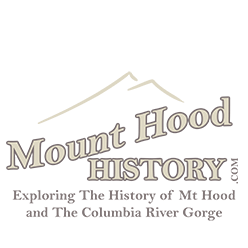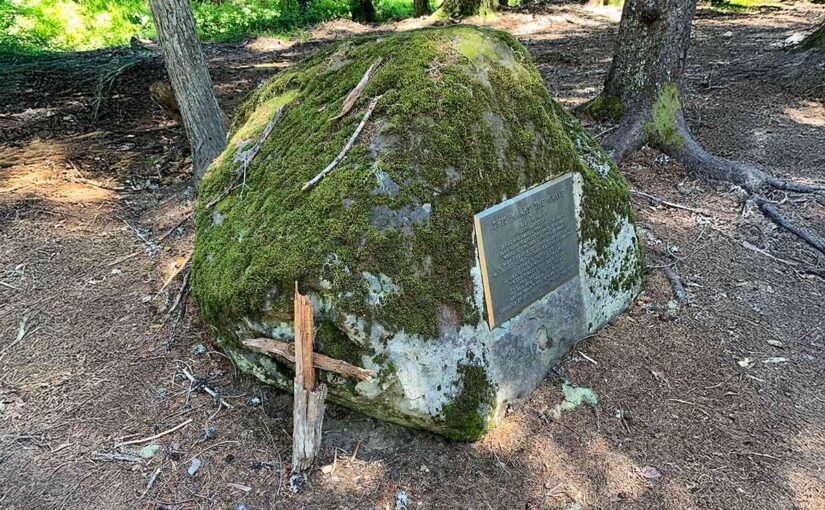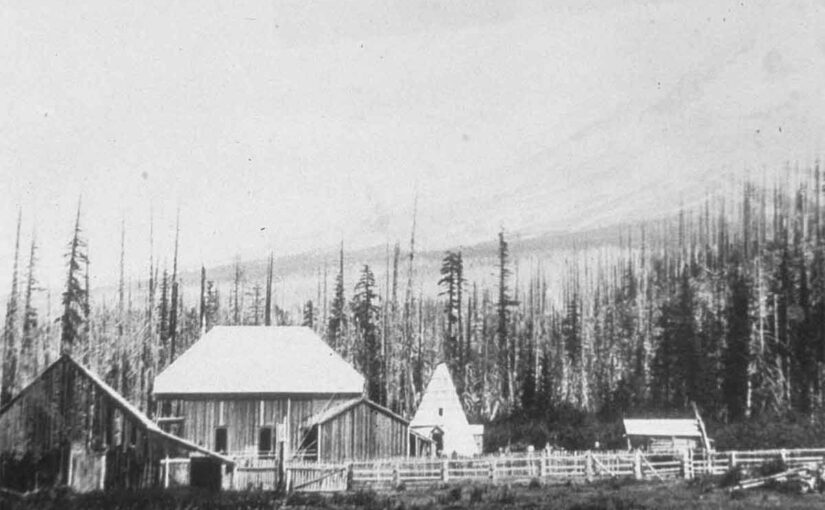Baby Morgan’s grave – A Lost Child on the Oregon Trail
Tucked in the peaceful meadow near Government Camp, Oregon, lies a quiet grave that tells a heartbreaking story. Baby Morgan’s grave is marked by a small bronze plaque mounted on a random boulder named Chimney Rock by immigrants on the Barlow Trail in Summit Meadow. It honors the memory of an infant girl who died during her family’s perilous journey on the Oregon Trail in 1847.
The Morgan Family’s Journey West
Daniel Morgan and Rachel Woodside were among the brave pioneers who crossed the plains in search of a new life in Oregon. Married in 1841 in Cuba, Illinois, the couple traveled west in 1847 with their children: Seth, Thomas, and Anne. They joined what became known as the “Woodsides Train,” a caravan of families heading for the Oregon Territory.
By June, the party reached Independence Rock in Wyoming. There, tragedy struck. Several members fell ill after eating food contaminated by brass cooking vessels. Rachel, just 25 years old and pregnant, died shortly after giving birth to a baby girl.
The Road to Oregon—and More Loss
Relatives stepped in to care for the motherless children, including the newborn. The wagon train pushed on, crossing Idaho and eventually descending into Oregon along the Barlow Trail.
As they neared Mt. Hood in late October, the baby grew weak. According to family history, the infant was injured during a wagon jolt. Jacob Caplinger, a family member, carried her on horseback, hoping to ease her pain. Sadly, she died not long after, on October 24, 1847.
A Burial Beside Chimney Rock
The family buried the baby at Summit Meadow, near a rock described as looking like a “house and chimney.” That landmark later helped descendants locate the gravesite a century later.
In 1957, family members from the Morgan, Caplinger, and Woodside lines placed a plaque on the rock to honor her memory. Since then, they’ve gathered annually at Summit Meadow to remember her and the sacrifices of all Oregon Trail pioneers.
More Stories from Summit Meadow
The Baby Morgan grave isn’t the only historic site at Summit Meadow. The meadow also served as a key rest stop for emigrants crossing the final, treacherous stretch of the Oregon Trail. It offered fresh grass, water, and views of Mt. Hood before travelers descended into the Willamette Valley.
Nearby, the Summit Meadow Pioneer Cemetery holds other historic markers. One marks the grave of the murdered Perry Vickers, Mt. Hood’s first climbing guide and the builder of the Summit House, the first roadhouse on Mount Hood that offered assistance to the immigrants who were passing through. One belongs to Baby Barclay, while a third, unmarked gravestone stands next to them.
Legacy of a Littlest Pioneer
Today, Baby Morgan’s grave is a quiet but powerful reminder of the hardships faced by early pioneers. It sits just off the historic Barlow Road, drawing visitors who stop to reflect on the fragility of life during westward expansion.
If you’re traveling near Government Camp, take a moment to visit Summit Meadow. It’s a beautiful spot with a deep history—one that speaks softly through the stones and stories left behind.
Sources & Further Reading:
- Transcript: Rachel (Morgan) Gifford
- Mount Hood History: Baby Morgan and Summit Meadow
- Oregon-California Trails Association: Barlow Road Guidebook


